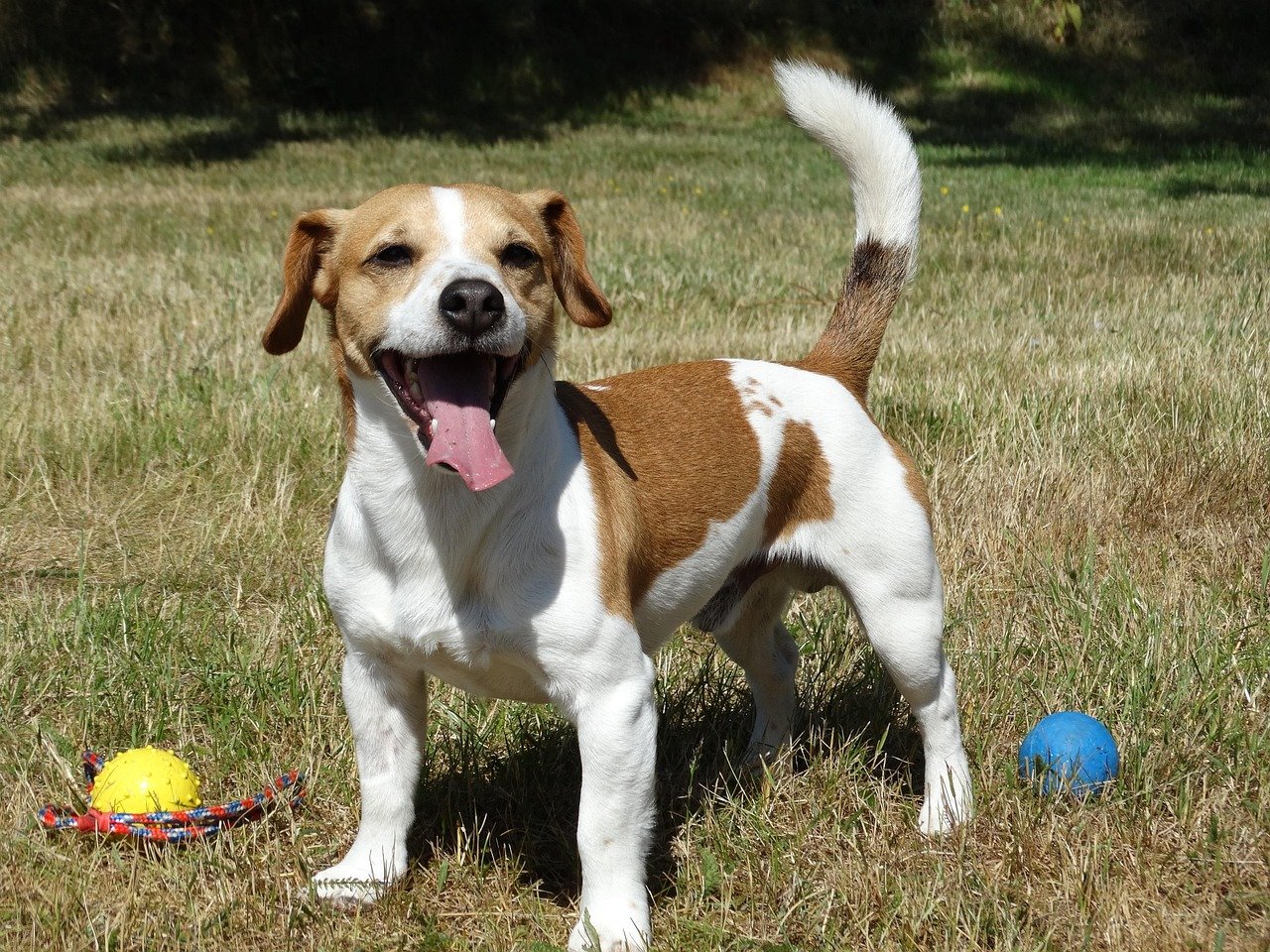While every dog has the potential to learn with the right training and patience, some breeds are known for being a bit more headstrong than others. In this list, we’ll explore 15 popular dog breeds that often struggle with obedience—not because they lack intelligence, but because of traits like independence, stubbornness, or a strong prey drive. Understanding these challenges can help you approach training with the right mindset and tools, especially if you’re considering one of these breeds as a companion. With consistency and care, even the most willful pup can become a well-mannered member of the family.
Beagle
Beagles are famous for their adorable faces and endlessly wagging tails, but anyone who’s owned one knows they have a will of their own. Originally bred as scent hounds, Beagles are driven by their noses more than anything else. Once they catch a whiff of something interesting, it’s like their ears turn off and their feet turn on autopilot. Training a Beagle requires patience and creativity, as they’re easily distracted by scents and sounds in the environment.
Many Beagle owners describe their dogs as “selectively deaf” when out and about, especially if there’s something more exciting than you nearby. They’re clever and love to entertain themselves, which sometimes means ignoring commands. Consistent, positive reinforcement training is a must, but even then, don’t expect perfect obedience. Their independent streak is part of their charm—but it’s also what makes them one of the trickiest breeds to keep in line.
Afghan Hound
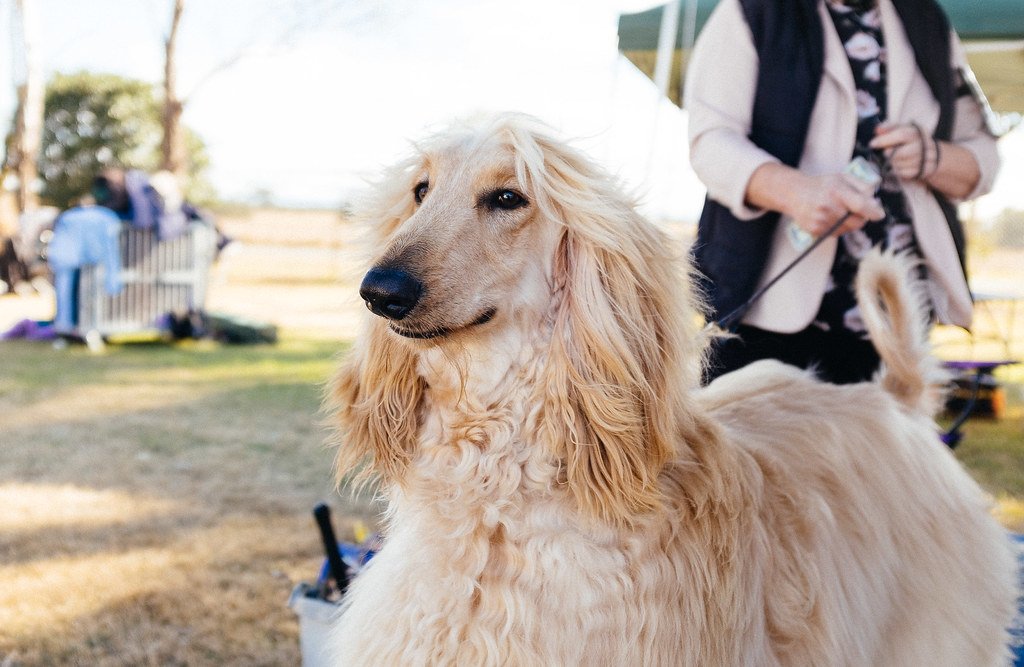
Afghan Hounds turn heads with their stunning, silky coats and regal demeanor. But beneath that glamorous appearance lies a free spirit with a mind of its own. These dogs were bred for chasing prey across vast terrains, which means their instincts tell them to run, not to heel. Training sessions with an Afghan Hound can feel like negotiating with royalty—if they’re not interested, they’ll simply ignore you.
Afghans tend to get bored quickly with repetitive tasks and need a gentle, patient approach. They’re sensitive souls and don’t respond well to harsh corrections. If you’re looking for a dog to win obedience competitions, this breed will keep you humble. Still, their playfulness and quirky personalities make them irresistible to those who appreciate a bit of doggy drama in their lives.
Basenji
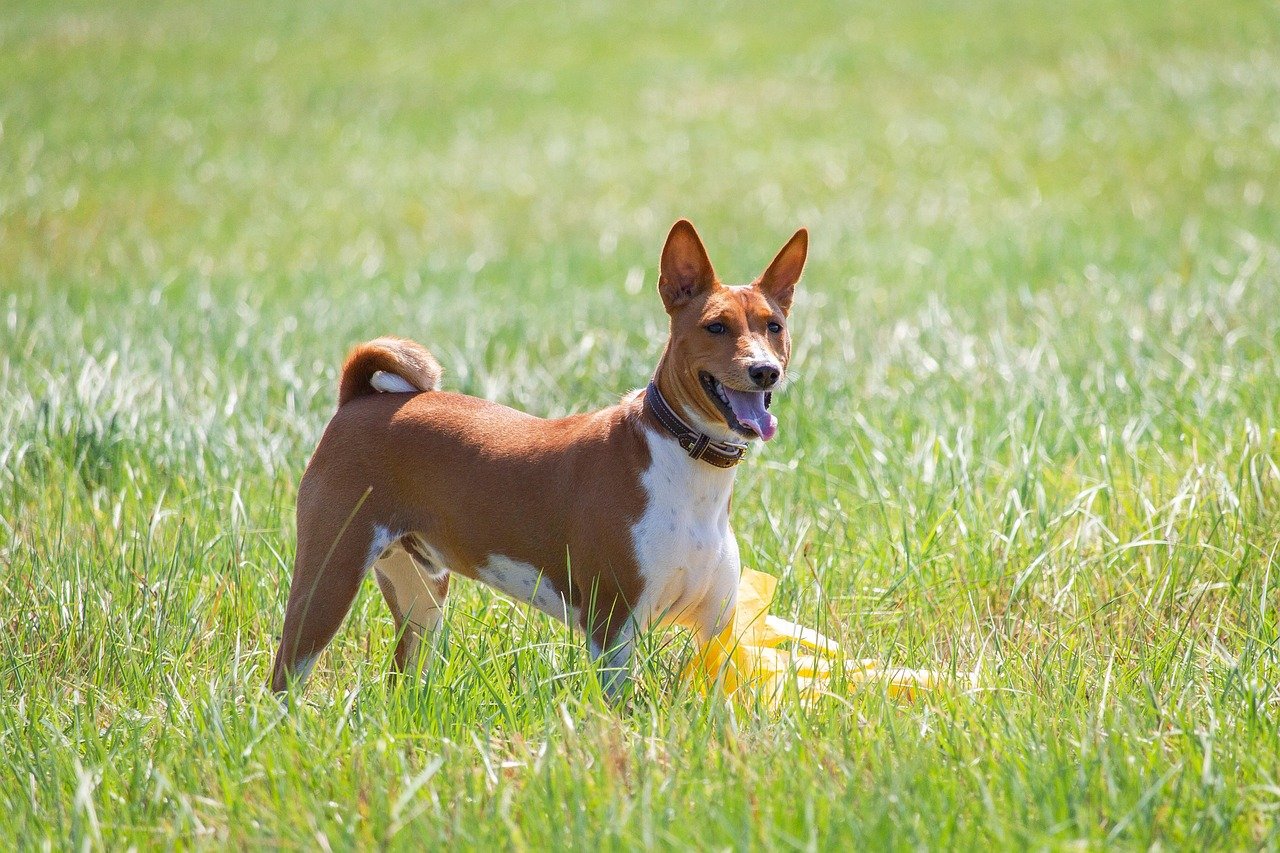
The Basenji is known as the “barkless dog,” but don’t let that fool you into thinking they’re quiet or obedient. These clever little dogs are natural escape artists and notorious for their stubbornness. They were bred in Africa for hunting and are highly independent by nature. If they decide something isn’t worth their time, there’s little you can do to change their mind.
Training a Basenji is all about finding the right motivation—often a tasty treat or a fun game. However, even the best rewards may not be enough to keep their attention for long. Owners often describe them as cat-like in their aloofness and determination to do things their own way. Living with a Basenji is a lesson in patience, creativity, and embracing chaos.
Bulldog

Bulldogs have a reputation for being lovable, laid-back companions, but when it comes to obedience, they can be surprisingly stubborn. Their strong will and independent nature often make training a challenge. Bulldogs like to do things at their own pace, and if they sense you’re trying to make them do something they don’t want to, they’ll dig in their heels—literally and figuratively.
Despite their tough appearance, Bulldogs are softies at heart and respond best to gentle encouragement. They’re not the most energetic breed, which means they may simply refuse to participate if they don’t see the point. Consistency and patience are key, but even then, don’t expect instant results. Their stubborn streak is part of what makes them so endearing—and occasionally exasperating.
Chow Chow
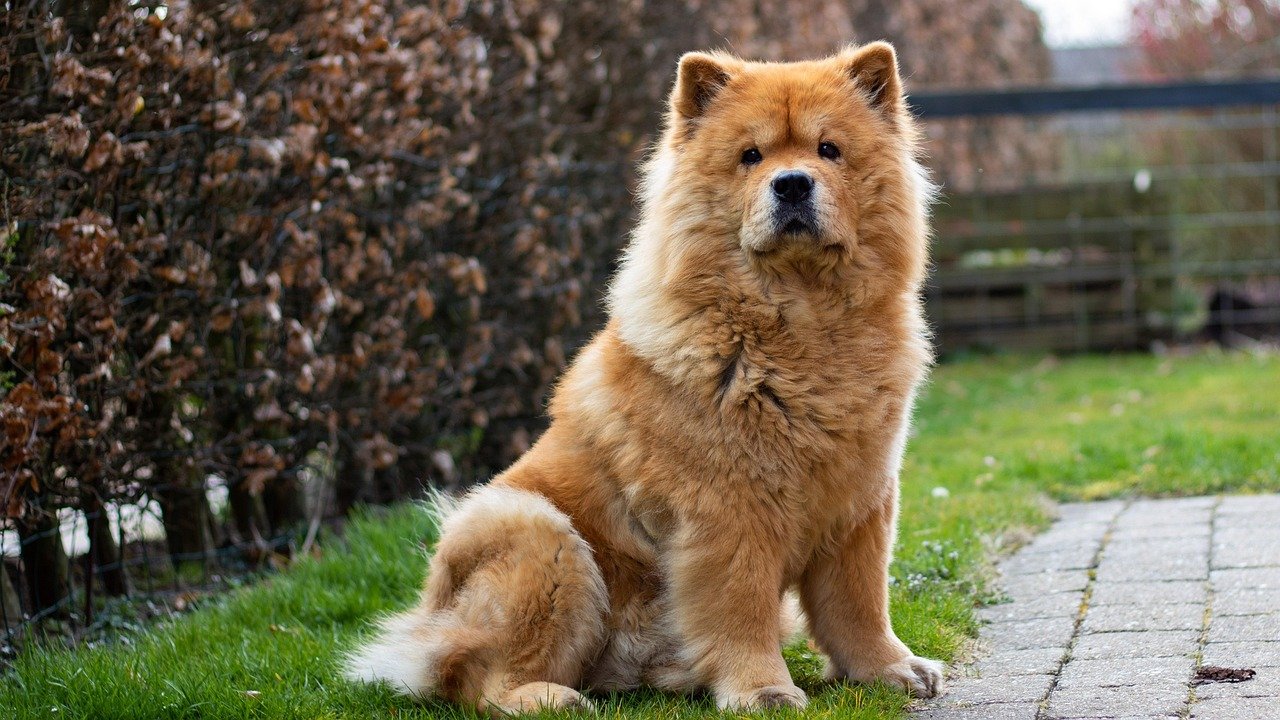
With their lion-like manes and proud stride, Chow Chows give off an air of dignity and independence. This breed is known for being aloof and somewhat reserved, especially when it comes to following commands. If a Chow Chow doesn’t see the benefit in listening to you, it may just walk away with a huff and a flick of its fluffy tail.
Chow Chows often bond closely with their families but remain wary of strangers and unfamiliar situations. Training them requires a firm but gentle hand, along with plenty of positive reinforcement. They’re not big on pleasing people for the sake of it, so you’ll need to get creative to keep them engaged. Their stubbornness can be a challenge, but it’s also a reflection of their strong-willed, independent nature.
Borzoi
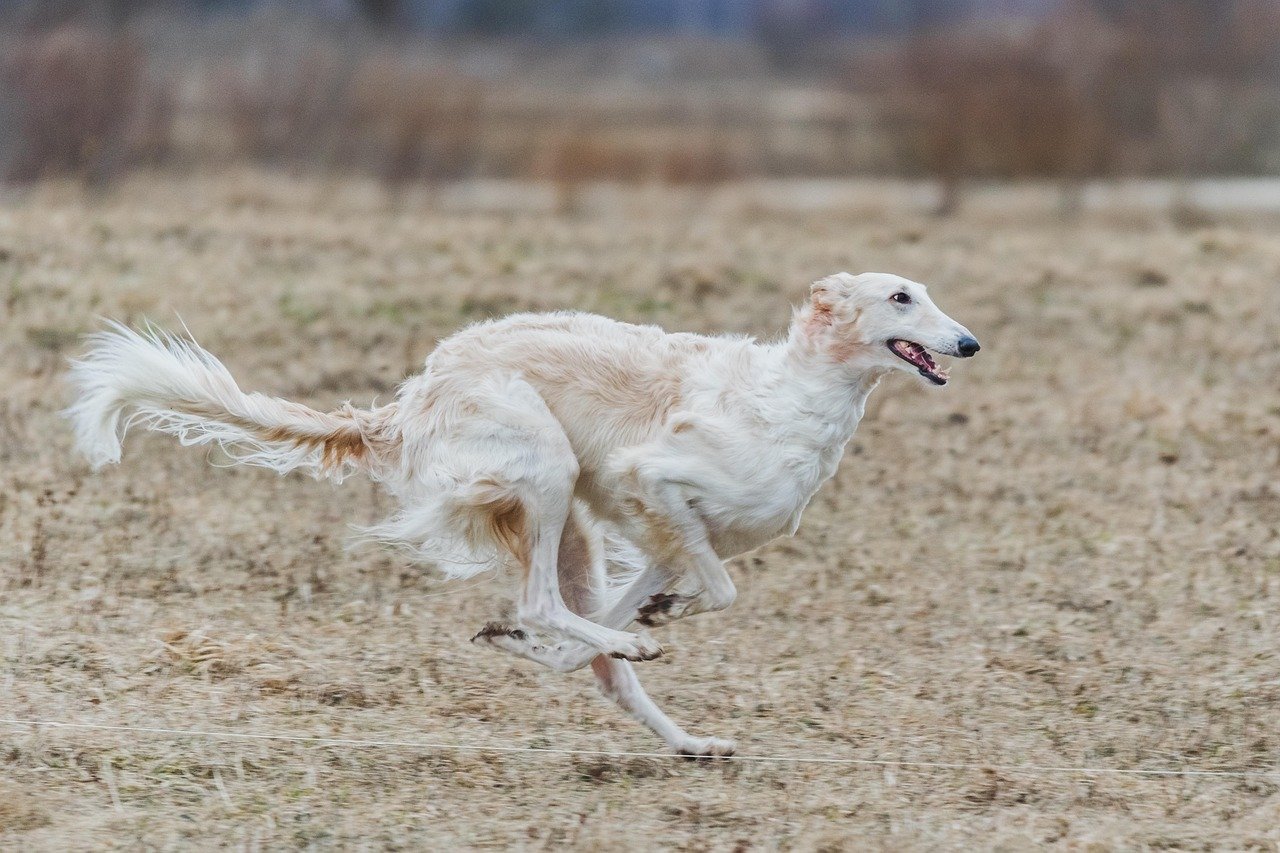
Elegant, graceful, and incredibly fast, the Borzoi is the supermodel of the dog world. But when it comes to obedience, these dogs often march to the beat of their own drum. Borzois were bred to hunt independently, and their training challenges reflect that heritage. They’re intelligent but easily bored by repetitive drills or commands.
Owners often describe Borzois as “gentle but stubborn.” They prefer to make their own decisions, especially if they spot something interesting in the distance. Motivation must be high, and patience is a necessity. While they’re affectionate with their people, they’re not driven by a desire to please—making obedience training a true test of one’s creativity and resolve.
Pekingese
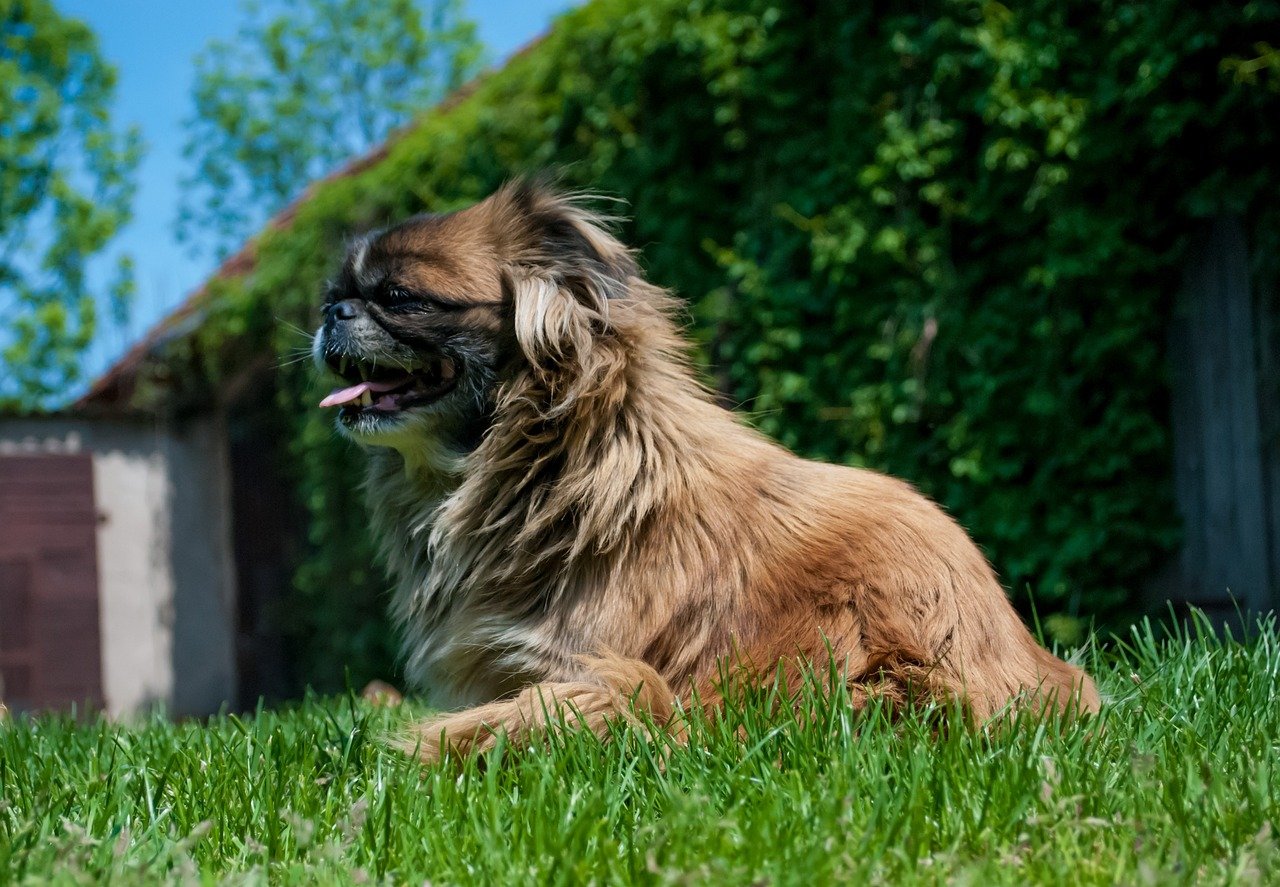
Tiny but mighty, the Pekingese is a breed with an outsized sense of self-importance. These little dogs were once favored by Chinese royalty, and they haven’t forgotten it. Pekingese tend to be stubborn and opinionated, often choosing their own agenda over yours. Commands are more like polite suggestions to them—ones they may or may not follow.
Training a Pekingese demands creativity, patience, and a good sense of humor. They’re quick to learn, but only when they’re in the mood. Because they’re so independent, it’s easy for them to slip into bad habits if you’re not consistent. Despite their disobedient streak, Pekingese are fiercely loyal and loving toward their families, making the effort worthwhile for those who appreciate a challenge.
Bloodhound
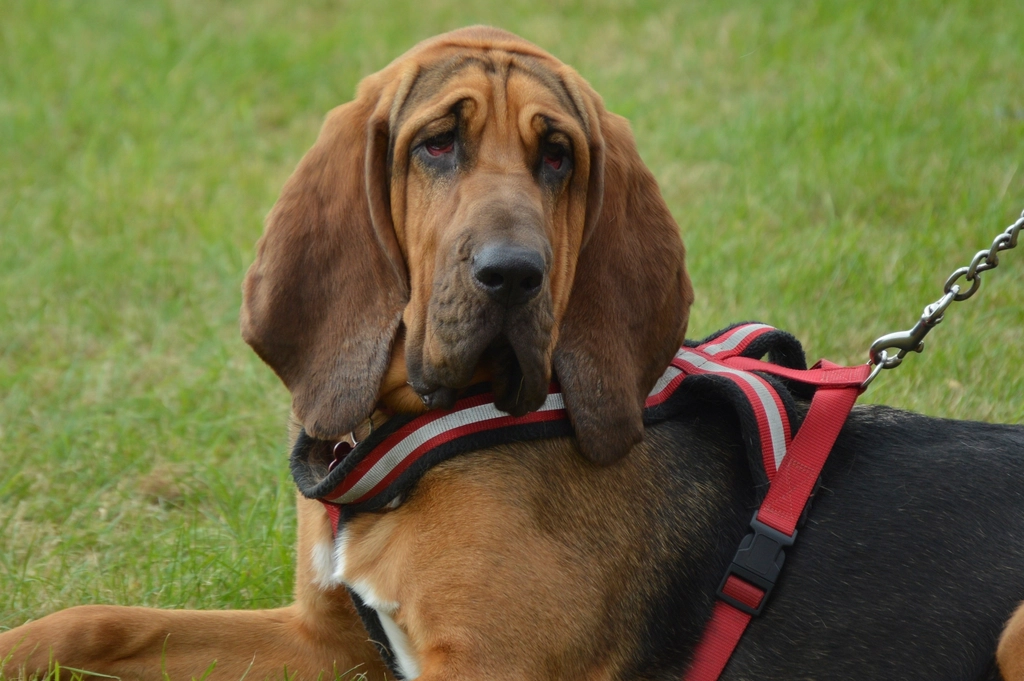
Bloodhounds have noses that are second to none, and that’s exactly why they struggle with obedience. Once a Bloodhound picks up a scent, it’s nearly impossible to get their attention back. Their stubbornness isn’t a lack of intelligence—it’s a single-minded focus that can be both impressive and infuriating.
Training a Bloodhound takes serious patience. You have to be more interesting than whatever scent they’re tracking, which is no small feat. These dogs are sweet-natured and eager to please, but their instincts often override any desire to listen. For many owners, the challenge is part of the fun—and the reason Bloodhounds are such unforgettable companions.
Dachshund
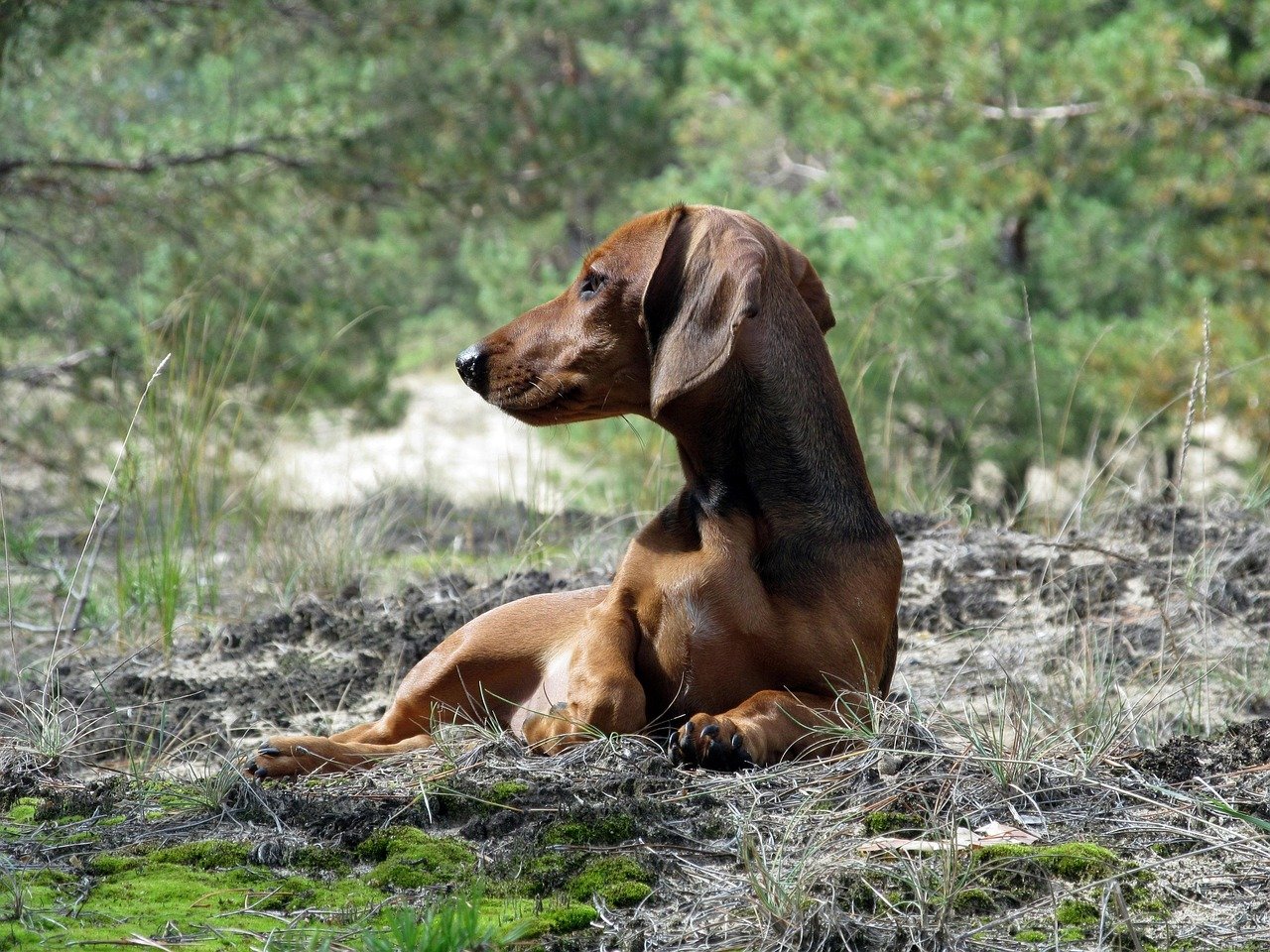
Dachshunds are known for their long bodies and even longer personalities. These little dogs are brave, clever, and notoriously headstrong. Originally bred to hunt badgers, they’re fearless and determined—traits that don’t always translate well to obedience training. Dachshunds are quick to learn but just as quick to ignore you if something more interesting catches their eye.
Consistency is key with Dachshunds, but even the most well-trained ones have a rebellious streak. They like to test boundaries and see what they can get away with. Despite their stubbornness, their charm and spirited personalities make them one of the most beloved breeds around—their disobedience just adds to their appeal.
Jack Russell Terrier
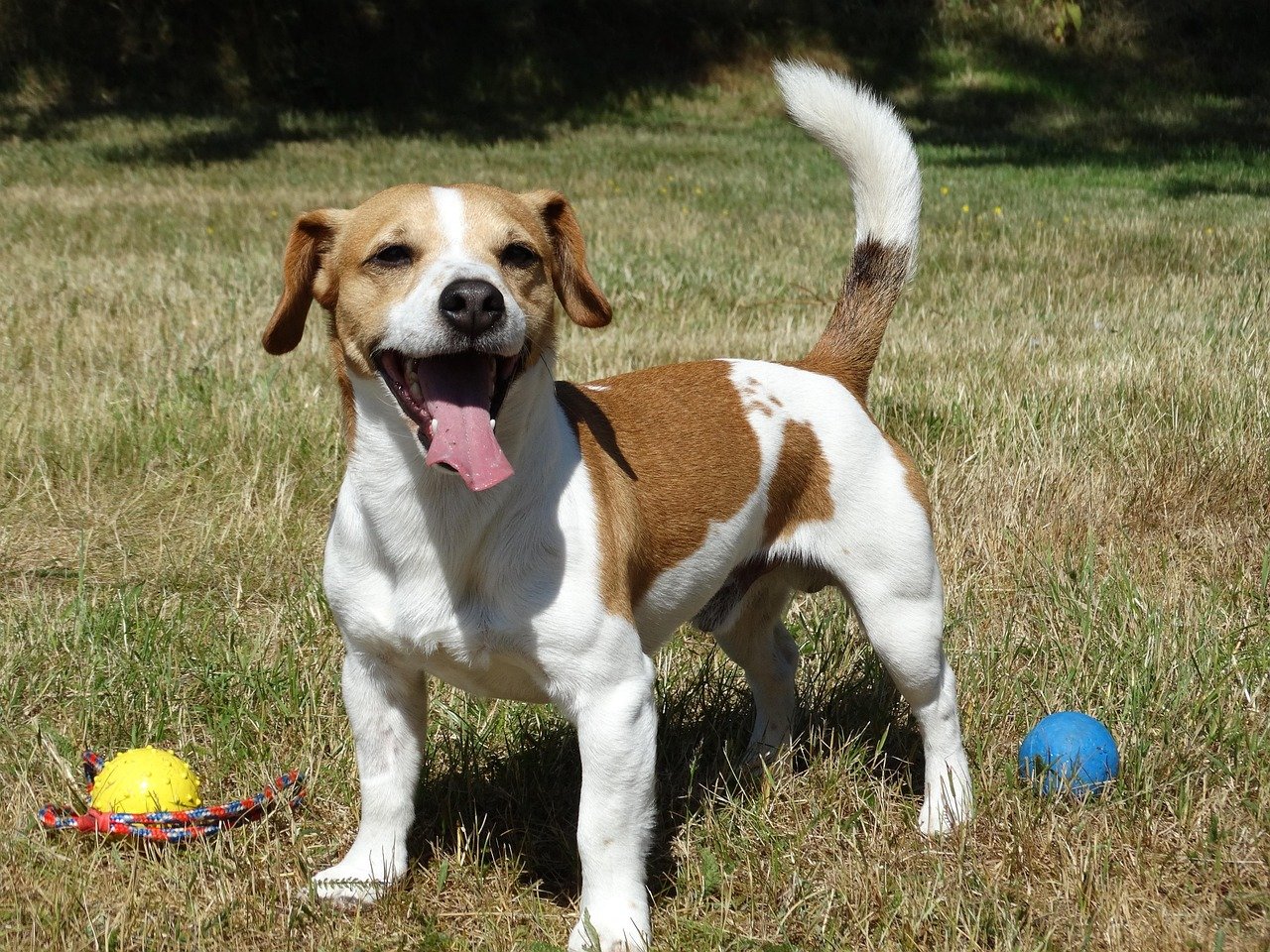
Jack Russell Terriers are like living fireworks—bursting with energy, curiosity, and mischief. These small dogs have big personalities and a mind of their own. Bred for hunting and digging, Jack Russells are highly independent and love to make their own decisions. They’re whip-smart but often too clever for their own good, finding creative ways to avoid following commands.
Training a Jack Russell requires consistency, patience, and a sense of humor. They need lots of mental and physical stimulation to keep them focused, or else they’ll invent their own fun—which usually means trouble. Their endless enthusiasm can be exhausting, but it’s also what makes them so lovable.
Siberian Husky
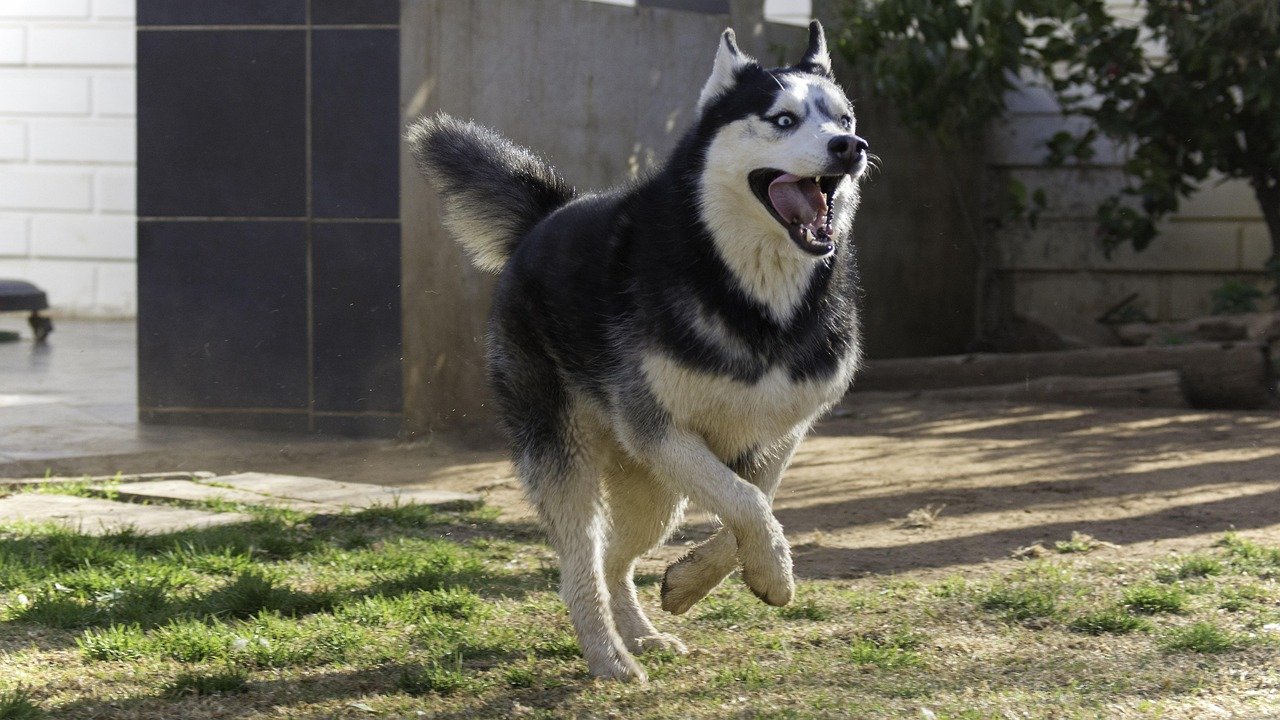
Few breeds are as striking—or as stubborn—as the Siberian Husky. With their piercing blue eyes and wild spirit, Huskies are born adventurers. They were bred to run long distances and solve problems independently, which means they’re not always interested in doing what they’re told. Huskies are known for their Houdini-like escape acts and their tendency to ignore recalls.
Training a Husky is a true test of patience. They’re intelligent but easily bored, and they crave variety and excitement. Many owners find that Huskies respond best to games and activities that tap into their natural instincts. If you’re looking for a dog who always listens, a Husky will keep you on your toes—and maybe teach you a thing or two about persistence.
Shih Tzu
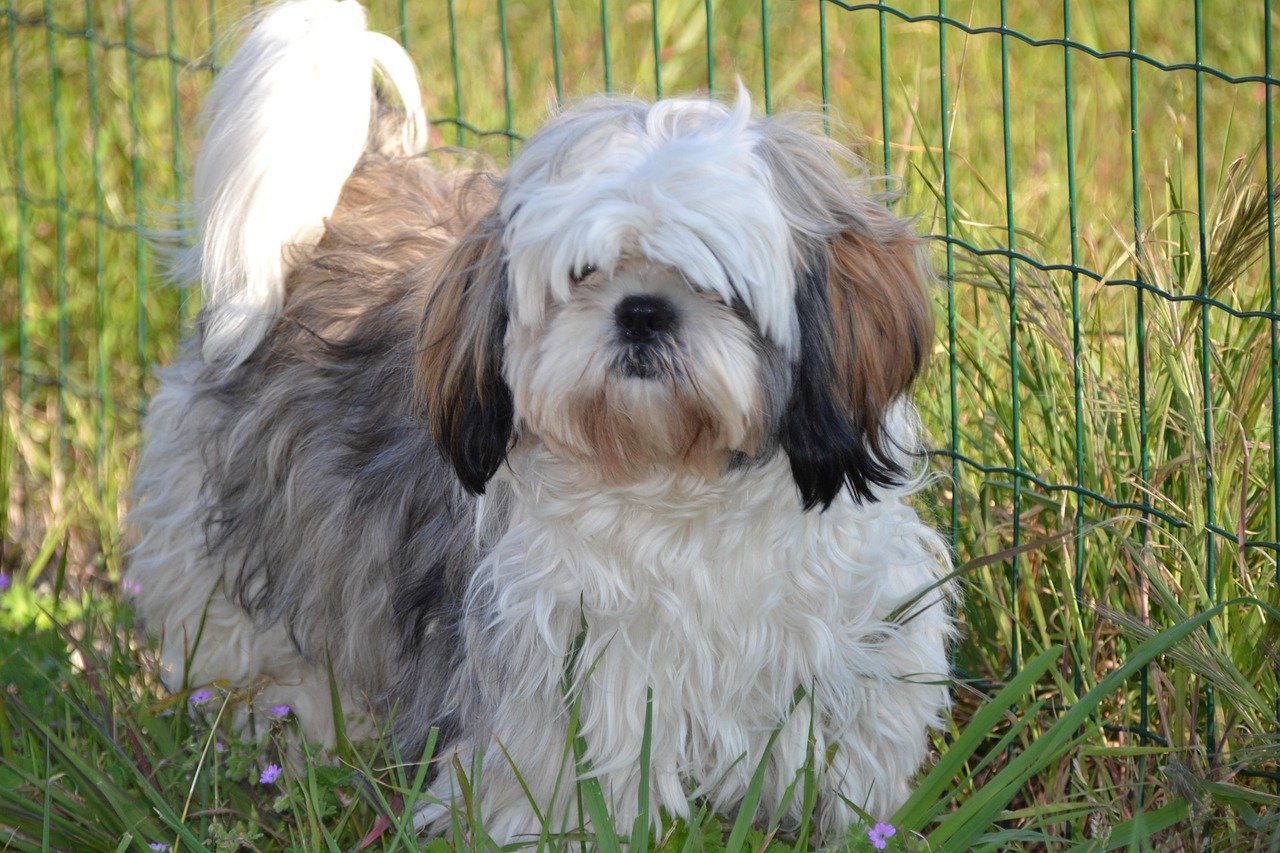
Shih Tzus might look like pampered lapdogs, but they have a stubborn streak a mile wide. Originally bred as companion animals for Chinese royalty, they’ve retained a sense of entitlement that can make training a challenge. Shih Tzus are independent thinkers who prefer to do things on their own terms.
While they’re affectionate and loving, Shih Tzus don’t always see the point in following commands. Patience, consistency, and positive reinforcement are essential. These little dogs respond best to gentle encouragement and lots of praise. Their stubbornness can be frustrating, but it’s a small price to pay for their devotion and charm.
Scottish Terrier
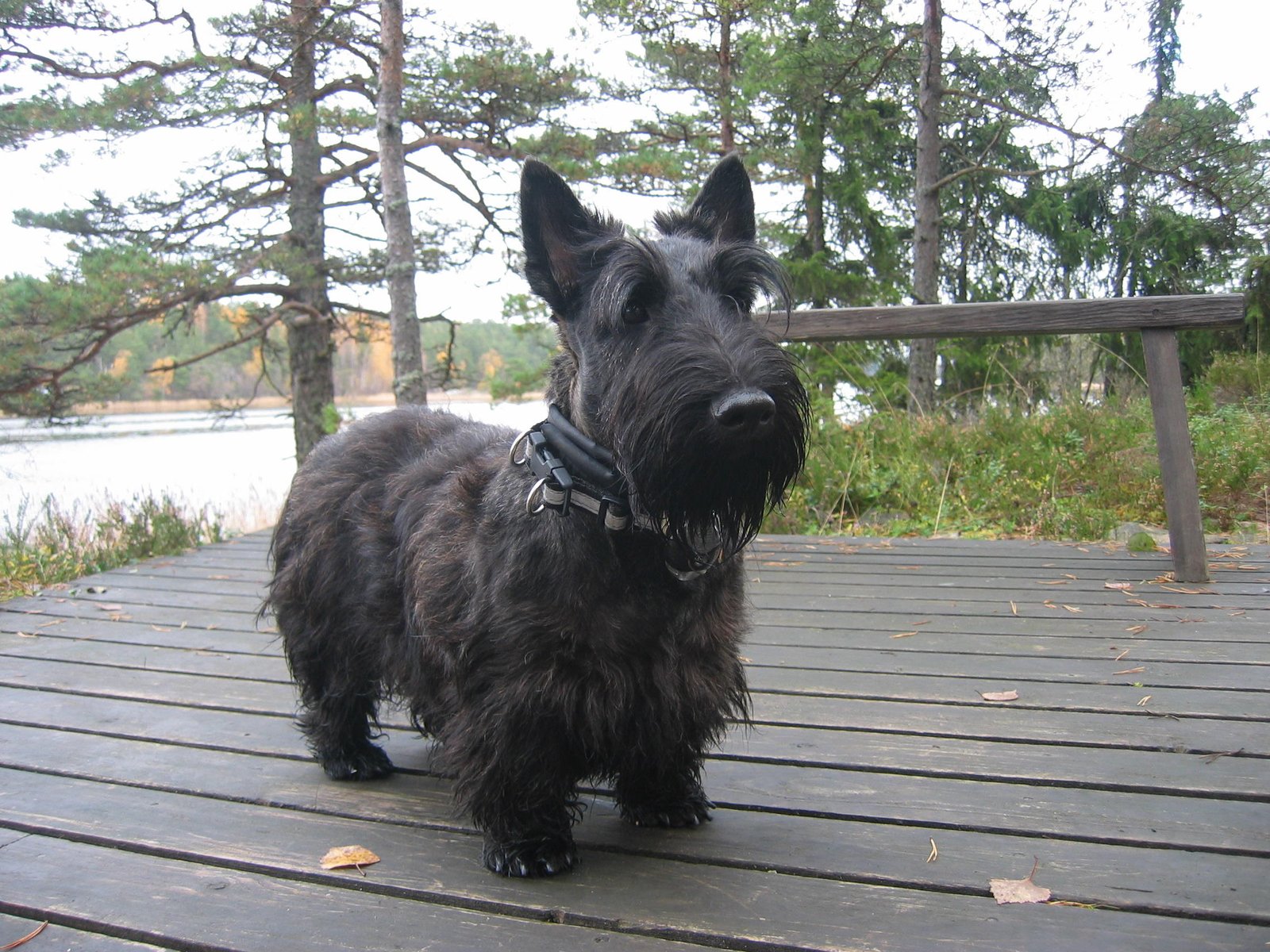
Scottish Terriers, or “Scotties,” are famous for their bold personalities and fierce independence. Bred to hunt vermin on their own, Scotties are used to making decisions without much input from humans. This makes them a bit of a challenge when it comes to obedience training.
Scotties are intelligent and quick to learn, but they’re also quick to decide when they’ve had enough. They respond well to positive reinforcement and short, varied training sessions. If you try to push them too hard, you’ll be met with a stubborn refusal. Living with a Scottie means embracing their independent spirit and finding ways to work with, not against, their natural instincts.
Weimaraner
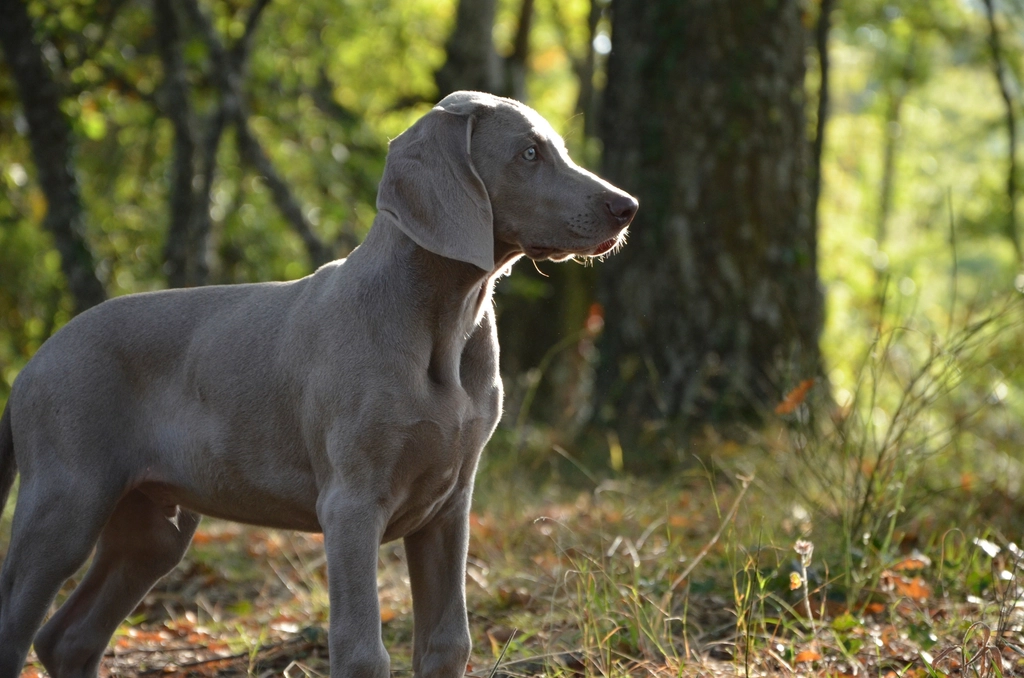
Weimaraners are striking, athletic dogs with boundless energy and a strong will. Bred for hunting, they’re intelligent and eager to explore, which can make obedience training a bit of an uphill battle. Weimaraners need lots of mental and physical stimulation to keep them focused and engaged.
If a Weimaraner gets bored, they’ll quickly find ways to entertain themselves—often at the expense of your sanity. They respond best to positive reinforcement and variety in their training. While they’re deeply loyal to their families, their independent streak means they’re not always eager to follow orders. Training a Weimaraner is a commitment, but their affection and enthusiasm make it worthwhile.
Dalmatian
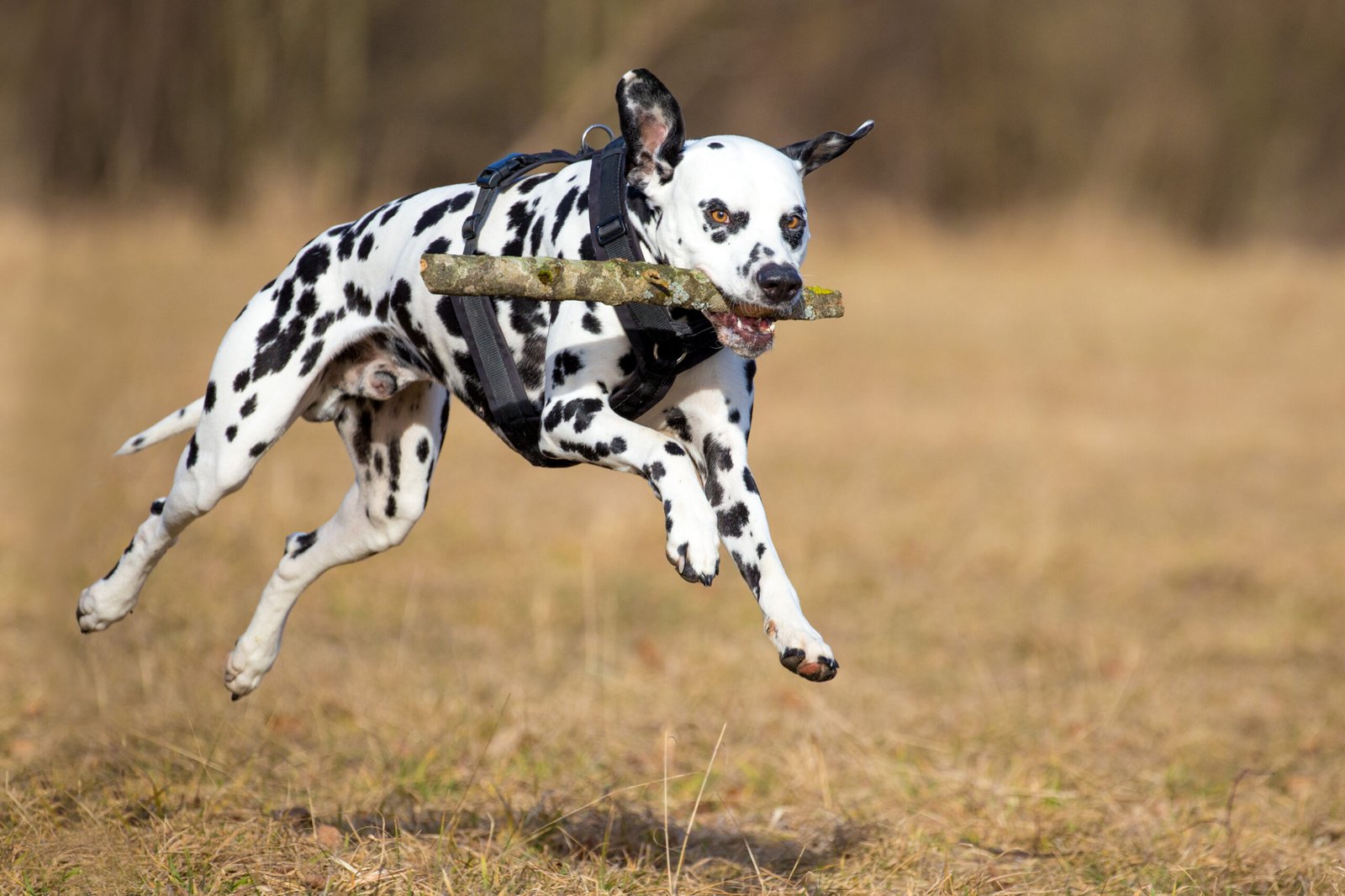
Dalmatians are famous for their spotted coats and boundless energy, but they’re also known for their stubbornness. These dogs are intelligent, independent, and sometimes headstrong. If a Dalmatian doesn’t feel like cooperating, no amount of coaxing will change their mind.
Consistency and patience are key when training a Dalmatian. They thrive on positive reinforcement but can become bored with repetitive tasks. Owners need to get creative and keep training sessions fun and engaging. While their independent nature can be a challenge, Dalmatians are loving and loyal companions who thrive in active households.
Some of the world’s most beloved dogs are also the most challenging when it comes to obedience. These breeds have a mind of their own, and while that can make training tricky, it’s also part of what makes them so special. Each of these dogs brings their own unique charm and personality to the table. If you’re up for the challenge, the rewards—loyalty, love, and plenty of laughs—are truly worth it.

Sumi Sarkar from India holds a B Tech degree in Information Technology, is a freelance film maker, scriptwriter, content editor who loves animals, especially dogs.

